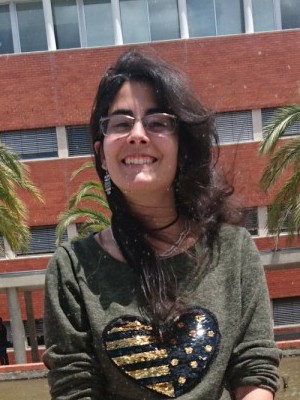resumo
Hazardous leachate/effluent from fluorescent lamps contains potentially toxic elements such as Hg and Pb, and critical raw materials such as rare earth elements (REEs). This work evaluated the ability of the live macroalgae Ulva sp. to remediate a simulated lamp industry wastewater consisting of a complex mixture of elements (Y, Eu, La, Ce, Tb, Gd, Hg, Pb, Zn, Cu, Co, Cd, and Pt), with particular emphasis on the investigation of the sorption mechanisms. Experiments were performed with 3.0 g/L (fresh weight) of Ulva sp., salinity 25, and an initial concentration of 100 mu g/L for each element. Hierarchical cluster analysis highlighted two main groups according to removal: Pt and Cd as the less removed, and all others with removals > 76 %, underlining Hg and Ce with the fastest kinetics (up to 92 %). Apart from Co, Zn and Cd, all mathematical models described sorption kinetics well, with Akaike Information Criteria identifying the Elovich model as the best for describing REEs sorption. FTIR analysis identified the sulphated polysaccharide Ulvan as intervening in binding elements to Ulva biomass. Extraction with EDTA 0.001 mol/L showed that most elements were mainly localized in the outer fraction (surface), except for Hg, which was entirely in the inner part. SEM analysis supported the EDTA analysis and showed a clean surface after washing. The results are an important contribution to the understanding of sorption mechanisms in macroalgae and demonstrate the feasibility of macroalgae-based biotechnologies with reduced costs and high efficiency for water decontamination, in complex saline mixtures.
palavras-chave
PHYSIOLOGICAL-RESPONSES; FUNCTIONAL-PROPERTIES; CHEMICAL-COMPOSITION; CONTAMINATED WATERS; FLUORESCENT LAMPS; METAL BIOSORPTION; MACROALGAE; GREEN; BINDING; BIOTECHNOLOGY
categoria
Engineering
autores
Viana, T; Henriques, B; Ferreira, N; Pinto, RJB; Monteiro, FLS; Pereira, E
nossos autores
Projectos
CICECO - Aveiro Institute of Materials (UIDB/50011/2020)
CICECO - Aveiro Institute of Materials (UIDP/50011/2020)
Associated Laboratory CICECO-Aveiro Institute of Materials (LA/P/0006/2020)
agradecimentos
Bruno Henriques acknowledges FCT for the research contract (CEECIND/03511/2018) under the CEEC Individual 2018. The research contract of R.J.B. Pinto was funded by national funds (OE), through FCT in the scope of the framework contract foreseen in the numbers 4, 5, and 6 of the article 23, of the Decree-Law 57/2016, of August 29, changed by Law 57/2017, of July 19. Thanks are also due to the financial support to REQUIMTE (UIDB/50006/2020) and CICECO-Aveiro Institute of Materials (UIDB/50011/2020, UIDP/50011/2020 & LA/P/0006/2020) to FCT/MEC through national funds, and the co-funding by the FEDER, within the PT2020 Partnership Agreement and Compete 2020. This work was supported by the project N.46998_N9ve-REE, co-funded by Portugal 2020 program (PT2020), PO Centro and European Regional Development Fund.




